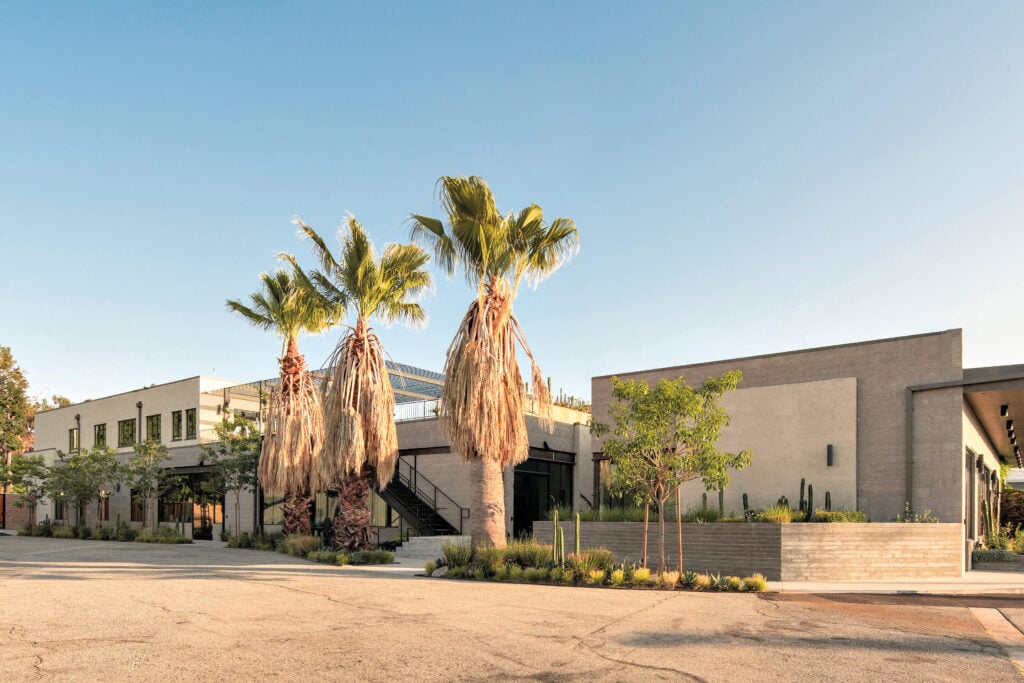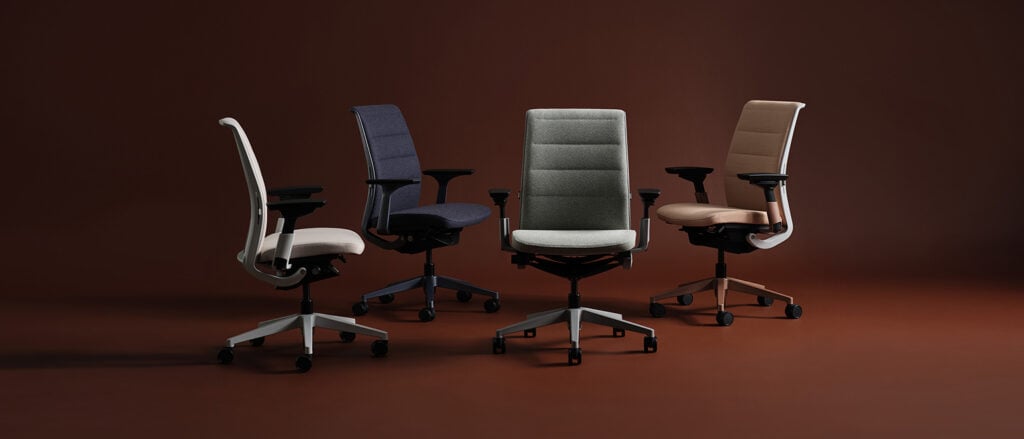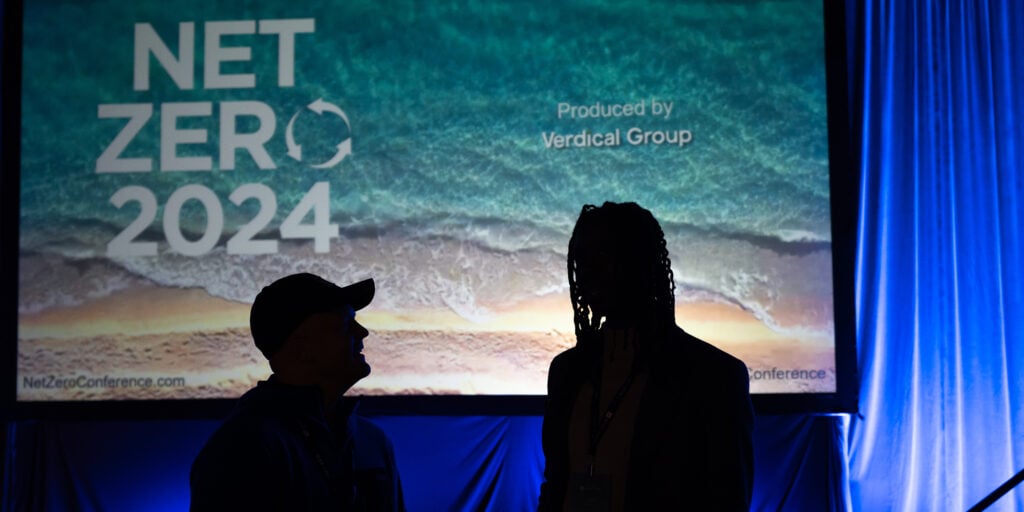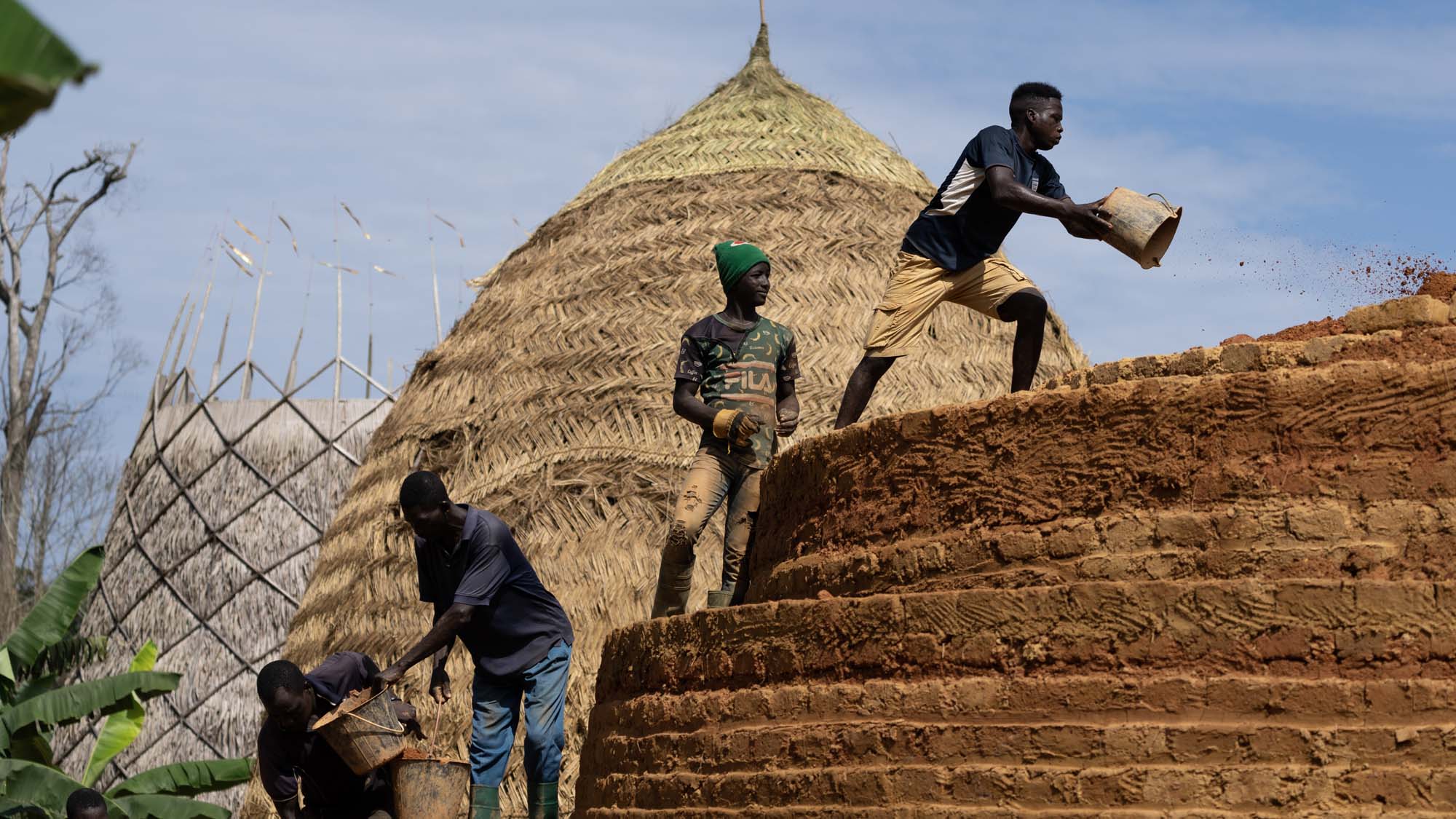
October 3, 2022
“We Need to Integrate Everything”: Arturo Vittori’s Warka Village Nears Completion In Cameroon
We’re using natural, fundamental resources that the environment is giving us.
Arturo Vittori
With principal funding from Vittori’s U.S.-based non-profit Warka Water, established in 2016, the roughly one-acre village and its components are being built by local carpenters and artisans to accommodate up to 100 Pygmy peoples from the rainforest community known as Bibambi II. It includes eight communal homes, or Warka Houses, each with a footprint of about 260 square feet and designed with naturally insulated flooring and rain tight roofs. There are also designated areas for an atelier, garden, kitchen, food storage, healthcare clinic, composting toilets, and a modest solar panel array.
The heart of the village comprises three “Warka Towers” (the last is still under construction), handmade from bamboo, palm leaves, banana tree fiber, adobe, straw, and other locally sourced materials. Together they can harvest and store up to 100,000 liters of fresh water. Their elemental, passive design employs hydrophobicity, otherwise known as the “lotus effect,” which allows rainwater and condensation droplets to maintain their elasticity and form, at which point gravity takes over and the water is piped into a nearby storage and filtration tank, accessible via a standard spigot.
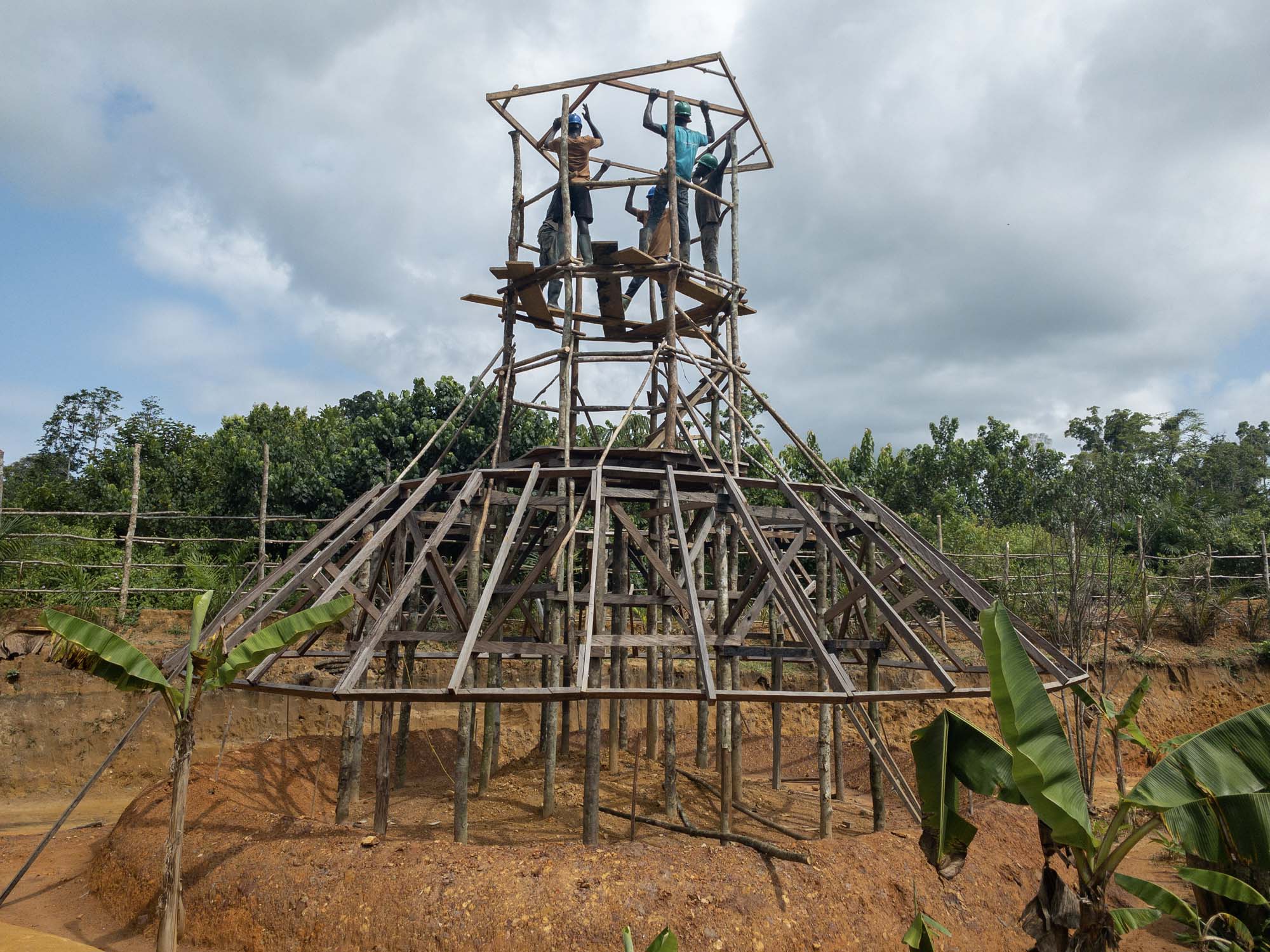
More than a dozen older versions of Vittori’s Warka Tower (developed as part of the Warka Water organization’s first pilot project in southern Ethiopia, in 2015), have a leaner form and can be erected and dismantled by local crews in a matter of hours. Heights and harvesting capacities vary, but their common trait is a bio-based polyester mesh wrap that’s designed to harvest atmospheric water from fog and dew, like a spider’s web. (Like the newer towers, once there’s a critical volume of moisture, water droplets simply fall into storage.) This harvesting solution makes better sense in Ethiopia’s tropical monsoon climate, where annual rainfall is less than in the Congo Basin, but heavy humidity tends to linger in the troposphere. Indeed, sometimes biomimicry needs a little push.
What truly separates the Warka Towers is not their design or even methodology, but their building materials. Every inch of wood fiber, ounce of dirt, and pair of hands used to make each tower is local. The towers are “replicable,” says Vittori, “but must be adapted to local conditions.
“Previous civilizations have done this well,” he continues. “It’s not inventing something new; it’s returning to living in a more adaptable way.”
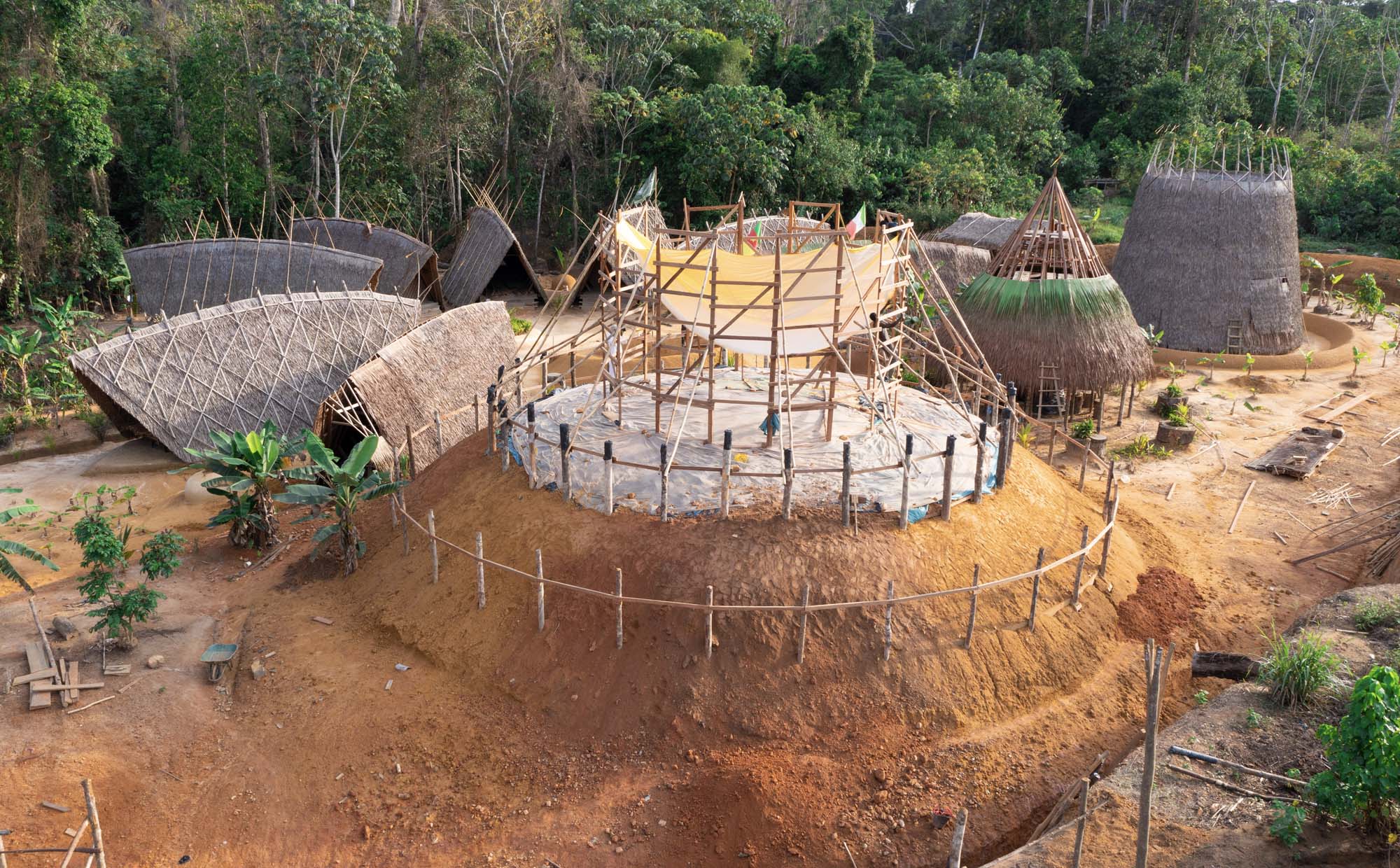
With permission from Bibambi II’s community chief Biang Martin Yves, whose family donated the 5,000-square-meter plot for Warka Village, and the Pygmy community’s chief Djamba Simon, plus additional support from the Shining Hope Foundation, water technology company DAB Group, and Warka Water’s local office in Kribi, Cameroon, the collective project officially got underway in 2020.
“We have joined forces to support a population living in extremely difficult conditions,” says Barbara Guassen, President of Warka Water Cameroon. “[The] Village is a pilot project; our vision is to achieve more, here in Cameroon and abroad.”
The idea for Warka first came to Vittori in 2012, while attending a conference in Addis Ababa, Ethiopia. On a sojourn outside the city, he recalled witnessing “women and children walking many miles” from their homes to collect potable water. This compounded a stark reality: the issue wasn’t a lack of water, but lack of access to safe water. (Like its namesake, the threatened Warka tree of Ethiopia, it’s not climate conditions putting the species at risk, but the foils of human industry.)
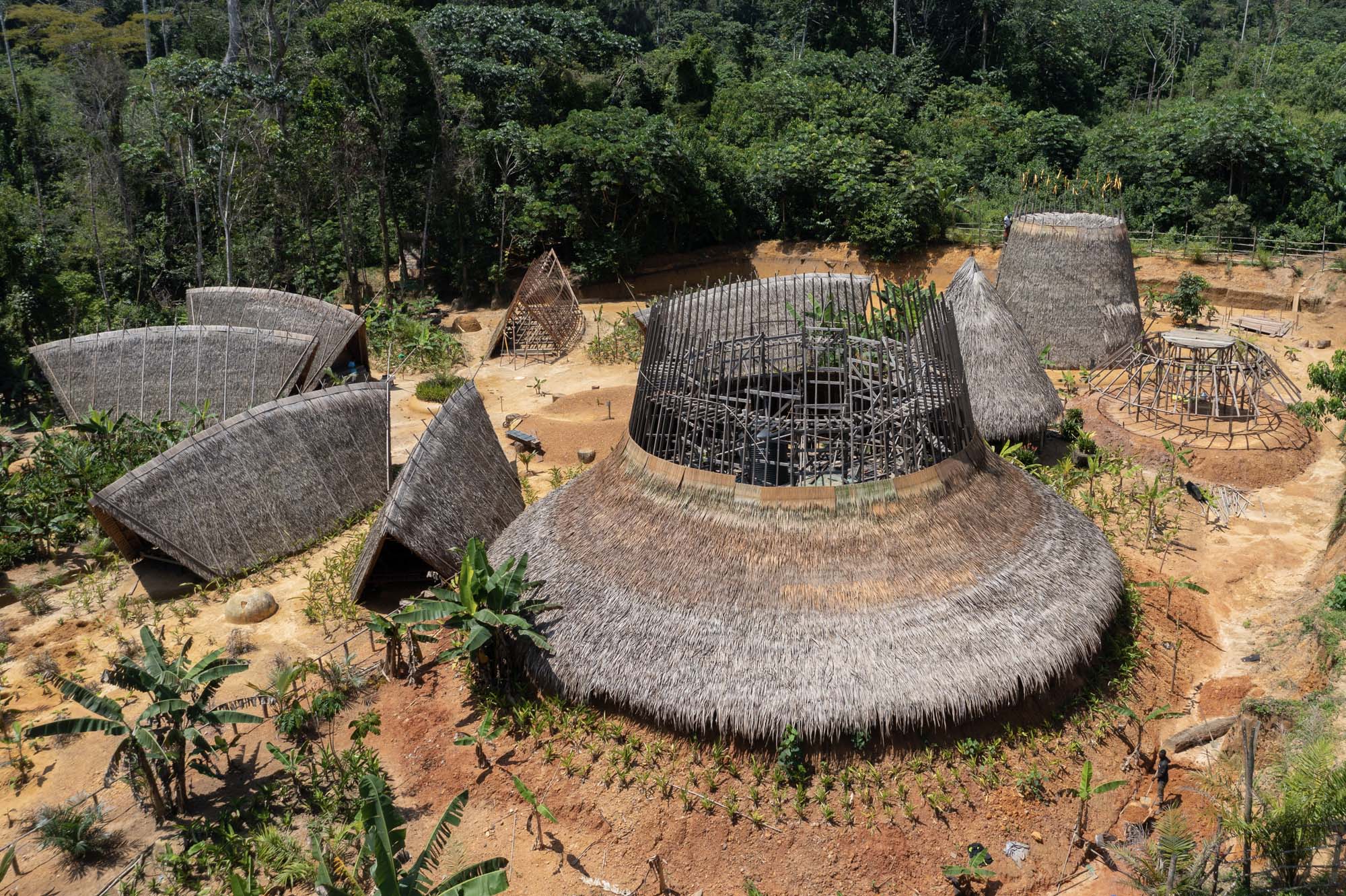
Vittori began to ponder machine-based and aerospace solutions for water harvesting, such as hydropanels. But the transport, installation, and future maintenance of such tools would have greatly compromised his vision. The solution had to be low impact and vernacular in nature—something that could return to the earth once it stopped being useful. “If we change our approach, our philosophy,” he observes, “then we are more attuned” to our energy and consumption needs relative to where we live, and who we live with.
If adaptability is the core tenet of the Warka philosophy, treating water as a commodity is what it sees as a cardinal sin. Vittori abhors practices associated with water privatization and water rights. “We need to integrate everything,” he says. “Water, energy, everything at a regional scale.” This can be applied on a scale appropriate for just a few families or several large settlements operating in concert. At 100 residents and three towers, Warka Village is set to operate well within its gross water capacity and then some. “The higher you go, you can have as much water as you want.”
With excess water supply, the village can easily support agricultural activities, education programs, and a health clinic, all on top of daily domestic needs. Further, the (adaptable) replicability of this model should be on everyone’s minds, from one continent and climate zone to the next. Undoubtedly, other communities and more self-sustaining village models are very much on Vittori’s mind. “Using natural, fundamental resources that the environment is giving us,” says Vittori. “Everywhere in the world we should be tapping into this.”
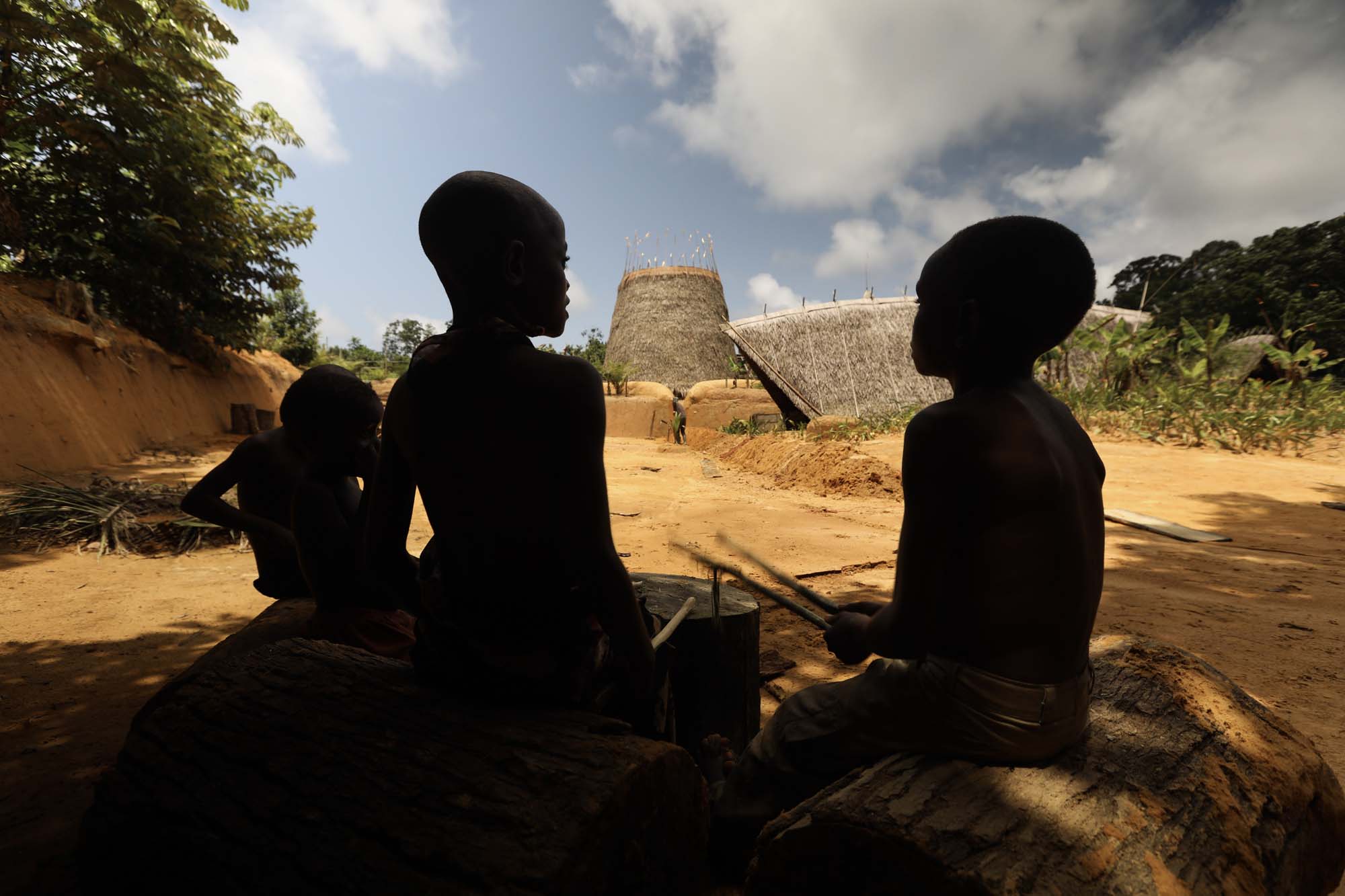
Would you like to comment on this article? Send your thoughts to: [email protected]
Latest
Profiles
Breland–Harper Mines the Past to Design a Better Future
In less than a decade, Ireland-Harper, the Los Angeles–based studio has completed over 100 adaptive reuse projects.
Products
How the Furniture Industry is Stepping Up on Circularity
Responding to new studies on the environmental impact of furniture, manufacturers, dealers, and start-ups are accelerating their carbon and circularity initiatives.
Viewpoints
The 2024 Net Zero Conference Highlights the Importance of Collective Action
Last month, leading climate experts convened at the Anaheim Convention Center to reenvision the built environment for a net zero future.



